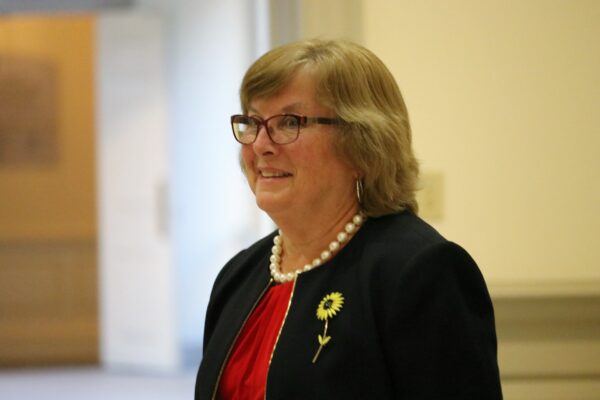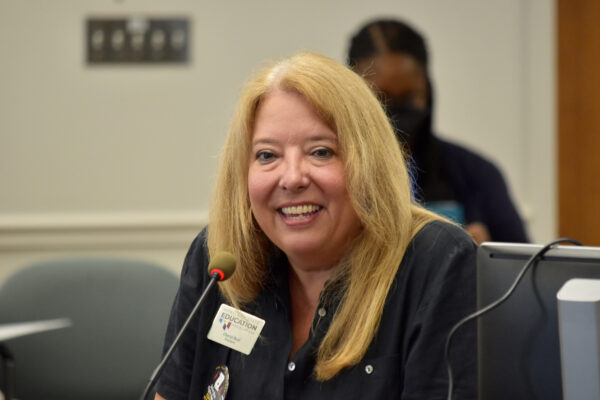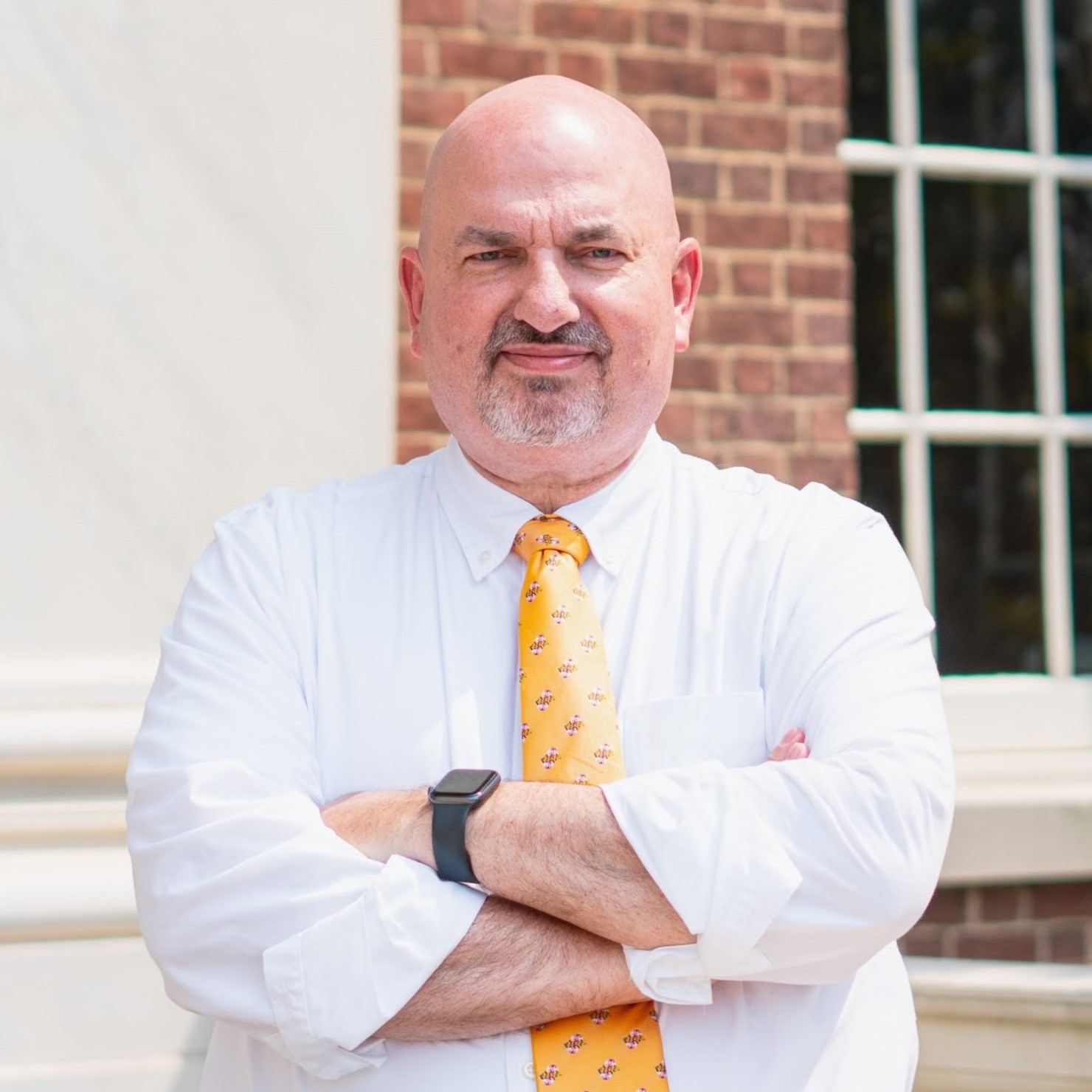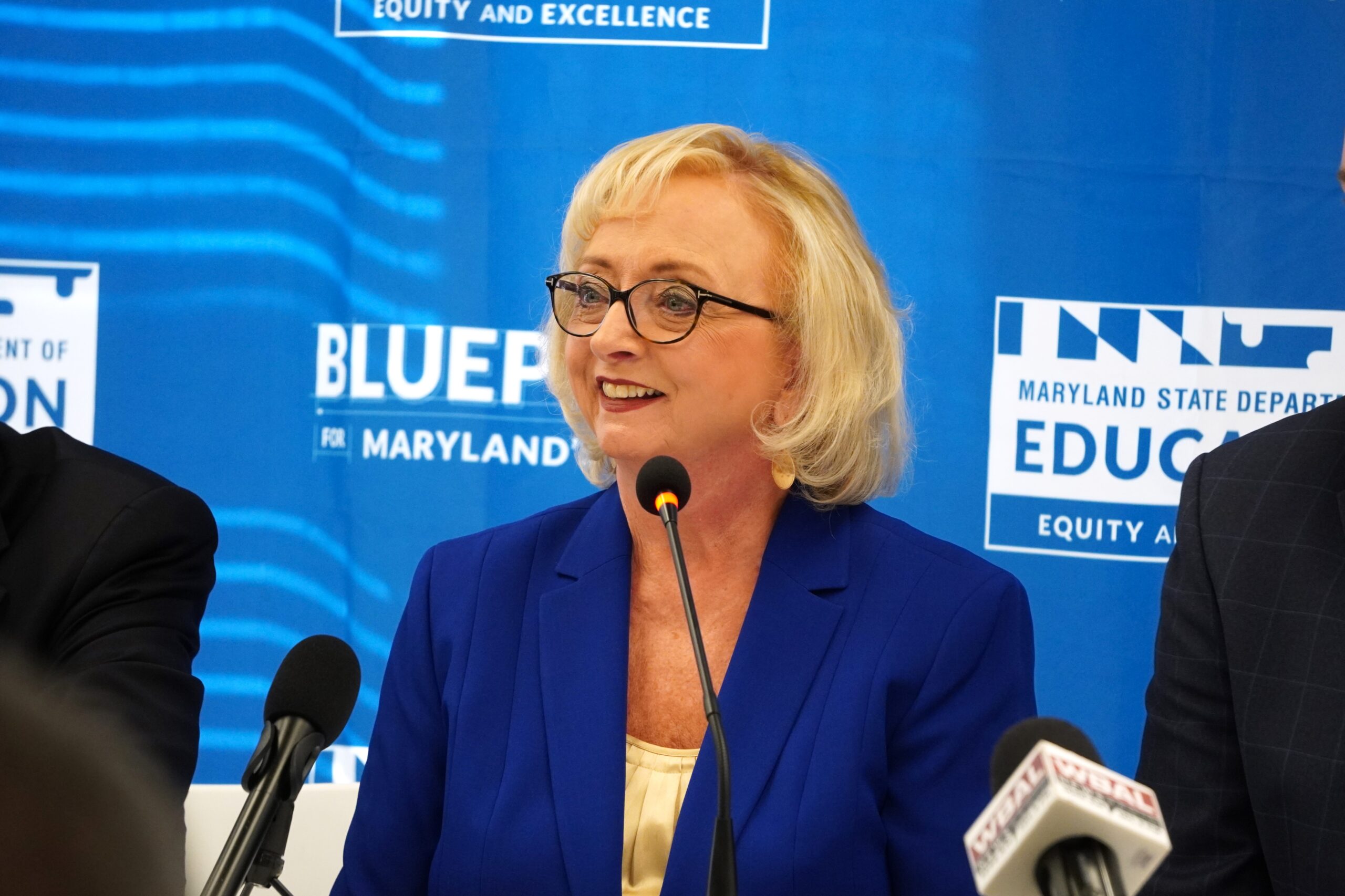
A number of county leaders around the state say requirements to increase spending on education need to be coupled with greater authority for them to oversee that spending.
Montgomery County Executive Marc Elrich (D), a former math teacher, said his relationship with his school system is sometimes frustrating and often relegates his role to being an ATM.
He and other county leaders are renewing a call for a larger role in overseeing how education dollars are spent.
“We do not have a truly cooperative, interactive relationship, at this point, but nobody does,” Elrich said. “Montgomery County is not unique. You’ll find these kinds of arguments all around the state between county governments and the local school boards. We’re like a money machine but we have no power in how the money gets tapped at some point.”
Education spending represents a large portion of county budgets. Montgomery County sends a total of $3 billion to its school system. In many counties, spending on education, including state aid, represents nearly half of the annual budget.
Implementing the Blueprint for Maryland’s Future, a 10-year, multi-billion-dollar education reform plan, will require even more money from local governments.
“The county has no authority,” he said. “We can’t even, for example, look at a budget line item and say we don’t think you should do that program. We’re not going to fund that program and we want you to fund a different program. County has no ability to do that. We’re restricted to giving the school system the same amount of money that it had last year, adjusted for population growth and inflation. That’s our whopping authority over there.”
The question of whether county governments should have greater control over their school districts has been an ongoing conversation for the so-called Big 8 jurisdictions and the Maryland Association of Counties over several months, according to Anne Arundel County Executive Steuart Pittman (D).
“I think it’s mostly focused on transparency in budgeting,” he said. “Most of us feel like we don’t have a good sense of what their finances really look like and maybe there’s a more collaborative approach.”
Pittman said each county is different, based on the willingness of county government leaders, school board members and education leaders to work together. Pittman praised Anne Arundel’s relatively new school superintendent, Mark Bedell, who took over in July of 2022, for being especially “collaborative.”
In Prince George’s, County Executive Angela Alsobrooks (D) said residents want to know that the tax dollars are spent effectively. When the schools account for 62% of county government spending, officials can’t help but strive for transparency, she said.
Alsobrooks conceded she didn’t have a sense of what Elrich was seeking, specifically.
“But I agree with him that we ought to be accountable for how those dollars are used,” she said.
Like Pittman, she said collaboration is the key. Alsobrooks had a good working relationship with the former public schools CEO, Monica Goldson, who left the school system at the end of June.
“I was pleased to have someone like Dr. Goldson, who was really the subject matter expert, who made those decisions,” Alsobrooks said. “The government is responsible for funding those operations. I think we should hire the very best CEO, someone who’s trained in education, who can work together with the school board to make policy decisions.”
But collaboration frequently relies on the personalities involved and is not always possible.
Baltimore County Executive Johnny Olszewski Jr. (D) praised the current relationship between his administration and Baltimore County Public Schools Superintendent Miriam Yarbrough.
“It’s a very collaborative and open approach,” said Olszewski. “What I can say is that I know that’s not the case across the state. It certainly hasn’t always been the case in Baltimore County. And so, to the extent we can institutionalize some of these practices, I think you avoid relying on personalities.”
Local government gripes about a lack of authority is not new. And even though some local officials have the ability to appoint some members of their school board or even appoint a school superintendent, school systems remain independent and nearly immune to political pressure from other officials.
Cutting into that independence would require help from the General Assembly.

Sen. Nancy J. King (D-Montgomery). Photo by Danielle E. Gaines.
Senate Majority Leader Nancy J. King (D-Montgomery), who chairs two Budget and Taxation subcommittees that deal with education issues, said there is no need to change the current system.
“I would be absolutely, 1000% against that,” King said, adding that Elrich and others lack the experience to make decisions for the school system.
“He needs to do his job and let the school board do their job,” she said.
King, a former school board member, said complaints about lack of oversight amount to “a nice political thing to say.”
“All these people, they want to re-do the budget. They want to re-do how school systems run, it’s like they don’t have enough of their own jobs to do,” she said.
Tensions, however, remain. A program at last month’s Maryland Association of Counties conference in Ocean City that was to focus on potentially tight budgets ahead was almost entirely focused on increased funding requirements for Blueprint education reforms.
“Since I’ve been county executive, we’ve had two years with the largest single-year increases in county history,” said Howard County Executive Calvin Ball (D). “That’s just driven by the Blueprint. We’re just making those investments. I think in making those investments, we need some transparency and accountability.”
In Howard County, the roughly $1 billion in school funding accounts for nearly 51% of the county’s annual spending.
“I think that there is an important conversation to be had about a county executive and a council or commissioner-based system who have so much funding responsibility and zero ability to actually ensure where those dollars go and that they’re used effectively,” said Ball.

Cheryl Bost, president of the Maryland State Education Association. File photo by Bryan P. Sears.
Cheryl Bost, president of the Maryland State Education Association, which represents about 75,000 teachers across the state, said a “broader conversation” that includes checks and balances is needed.
“If I’m a county executive and I’m doing a project, but yet I have an independent board of education that’s supposed to be the experts on education, I don’t want to usurp that power,” she said. “There should be more communication and collaboration to where that money goes to support the Blueprint.”
But Bost said there are limits.
“I think there’s a fine line between too much power at the county executive commission level and not enough autonomy of an educational board,” she said. “But also with the Blueprint coming up [and] demanding so much more local funding, that there has to be some more collaboration.”
Maryland Matters reporters William Ford and Josh Kurtz contributed to this report.




 Creative Commons Attribution
Creative Commons Attribution